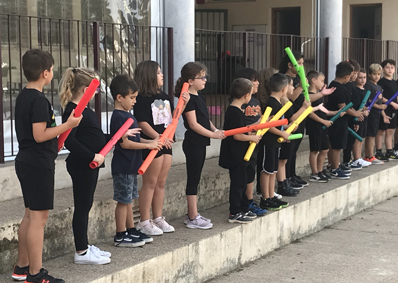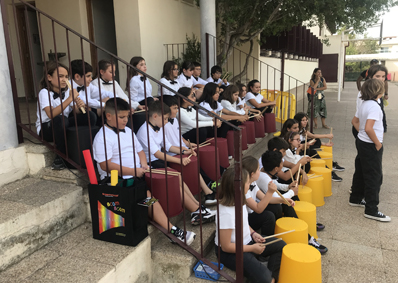Erasmus+ is the EU's programme to support education, training, youth and sport in Europe. Its budget of €14.7 billion will provide opportunities for over 4 million Europeans to study, train, and gain experience abroad.
Merging seven prior programmes, it has opportunities for a wide variety of individuals and organisations.
Detailed information on these opportunities, including eligibility criteria, is available in the Erasmus+ Programme Guide. An indicative funding guide for some centralised opportunities is also available.
Erasmus+ has opportunities for people of all ages, helping them develop and share knowledge and experience at institutions and organisations in different countries.
Erasmus+ has opportunities for a wide range of organisations, including universities, education and training providers, think-tanks, research organisations, and private businesses.







